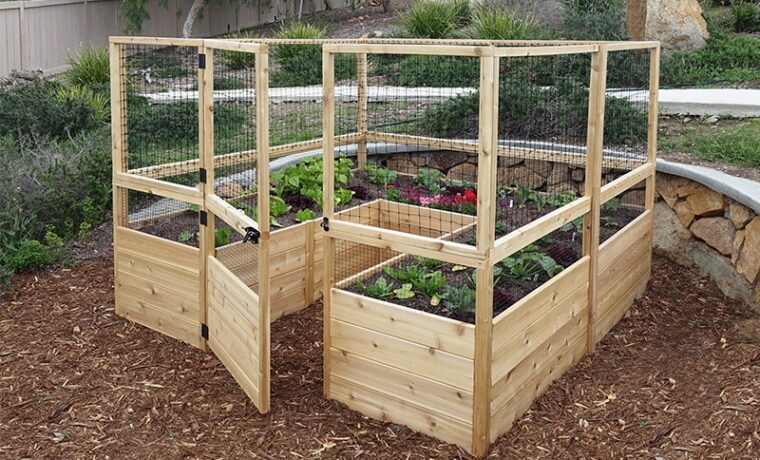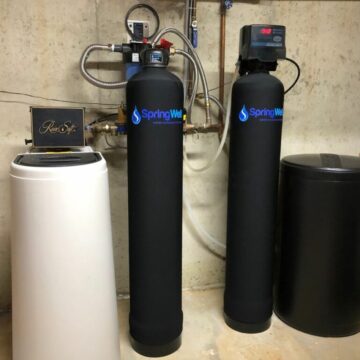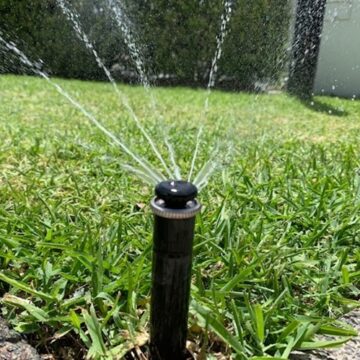Growing your own vegetables can be rewarding, exciting, and brilliant for the environment. Whether you have a few window boxes inside, a whole vegetable patch, or a balcony full of planters, more people than ever before are trying to grow their own fruit and veg. These inside tips should help your vegetables grow at home, whatever set-up you have.
1) Choose the right plants!
One of the most important things to decide before growing vegetables at home is which plants are best suited to your environment. For new gardeners, it’s important to choose easy to look after vegetables and pay attention to the growing instructions that are on the label. If you have a lot of sunlight, tomatoes are a great choice and easy to grow in pots or containers. If you have lots of garden space, consider potatoes, cabbages, and carrots, or choose a high-yielding crop like courgettes. Don’t worry if you haven’t got a garden, salad leaves can be a great space-saving choice that can be grown inside.
2) Boost your yields with fertiliser
No matter what vegetables you are growing, a high-quality fertiliser will give your plants all of the nutrients they need and only need to be used sparingly. When you plant up your vegetables, make sure you use nutrient-rich compost and add some fertiliser to the soil. You can also choose an eco-friendly fertiliser like the fertilisers from Verdesian Life Science for happy plants and a happy planet. Feeding your plants regularly with a quality fertiliser is a surefire way to increase yields and prolong the growing season.
3) Take care of your plants
It might seem obvious, but if you’re new to gardening and want to maximise your vegetable yields, it’s important to give them the time and attention they need. Whether it’s keeping up with watering, getting rid of weeds or making sure they are protected from pests with garden netting, regular maintenance is essential to healthy vegetables. For some plants like lettuce and rocket, they need regular harvesting so don’t be scared to pick a few leaves for a healthy salad whenever you need them!
4) Choose a variety of vegetables
Growing your own seasonal vegetables is one of the best ways of getting more in touch with nature and appreciating the changing seasons. Consider planting a variety of vegetables that will produce crops throughout the year for abundant yields. Garden techniques such as companion planting are ideal for this, as you can use different plants which help each other to grow, like growing lettuce between rows of onions to smother weeds. You can also mix up your growing by adding flowers to your vegetable beds which can reduce problems with pests.
















